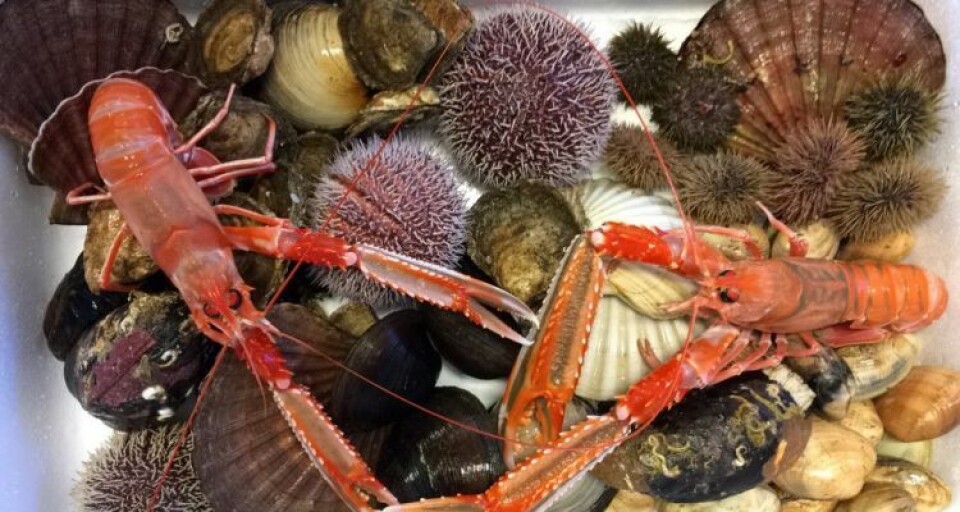
Algal toxin purification breakthrough
A fledgling purification facility, which aims to make even shellfish infected with algal toxins safe to eat, is nearing completion in Norway.
The plant is run by Scalmarin, a company that was established by Scalpro and Hotate in 2015 and began trading in February this year out of Øygarden. Although their depuration facility is now up and running, a second -more ground-breaking - facility is on the cusp of completion.
“We are almost ready with a so-called purification centre, where shellfish that have been exposed to substances that make them untradeable can be purified, then routed to the dispatch centre for sale,” Managing Director Thorolf Magnesen, who is also a professor at the University of Bergen, explains.

Purification of E. coli is expected to go relatively fast, but purifying shellfish carrying algal toxins is a longer process that will also involve the addition of microalgae, according Magnesen.
Now they are only missing the Mattilsynet [Norwegian Food Safety Authority] permit to operate the second purification centre, while the dispatch centre is in full swing.
“It has been a great challenge to satisfy Mattilsynet’s many requirements. It is a complex process, but we have a good dialogue,” concludes Magnesen.
Initial success
The first plant has already been authorized to act as a dispatch centre for live shellfish, which it mainly sources from Hotate AS which harvests and cultivates a variety of species, and has the capacity to hold around five tonnes of live animals, which are depurated using seawater collected from a depth of 120 metres and UV-filtered.
“But there is not much needed before the plant can be upgraded to a 15 tonne capacity,” Magnesen says enthusiastically.
The company sells mostly to Lerøy Alfheim, Domstein Seafood and restaurants in Norway. They can already offer sea urchins, clams, cockles, mussels and langoustine and would like to include other species too.
“We are looking to add Norwegian cockles, soft-shell clams, razor clams and scallops,” says Magnesen.






















































